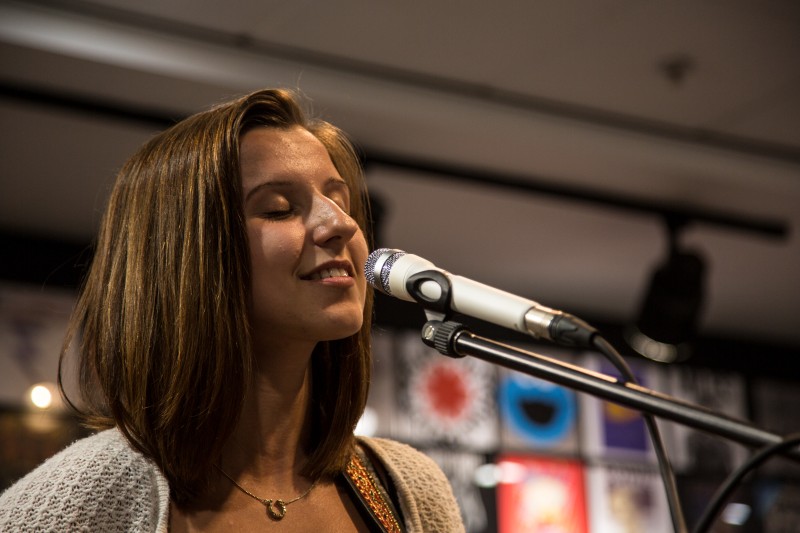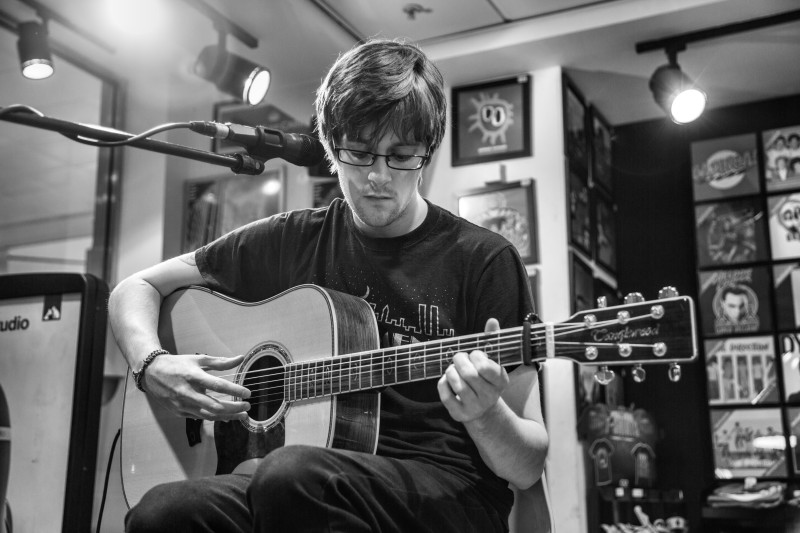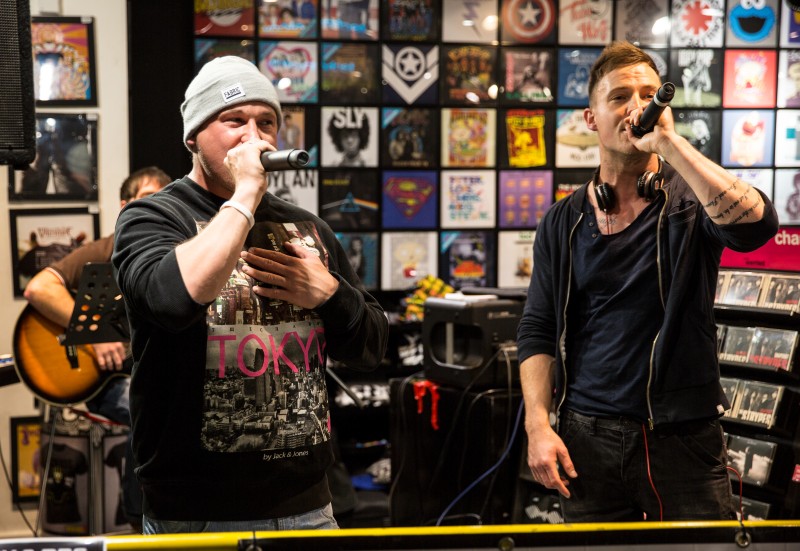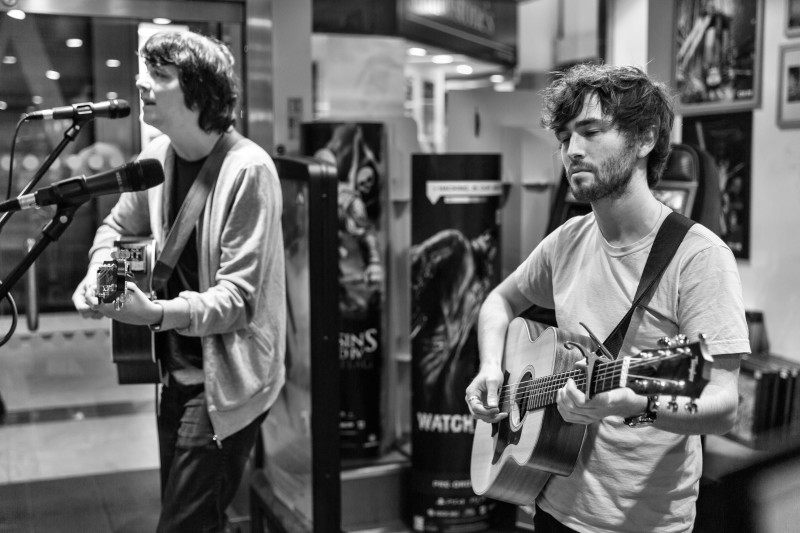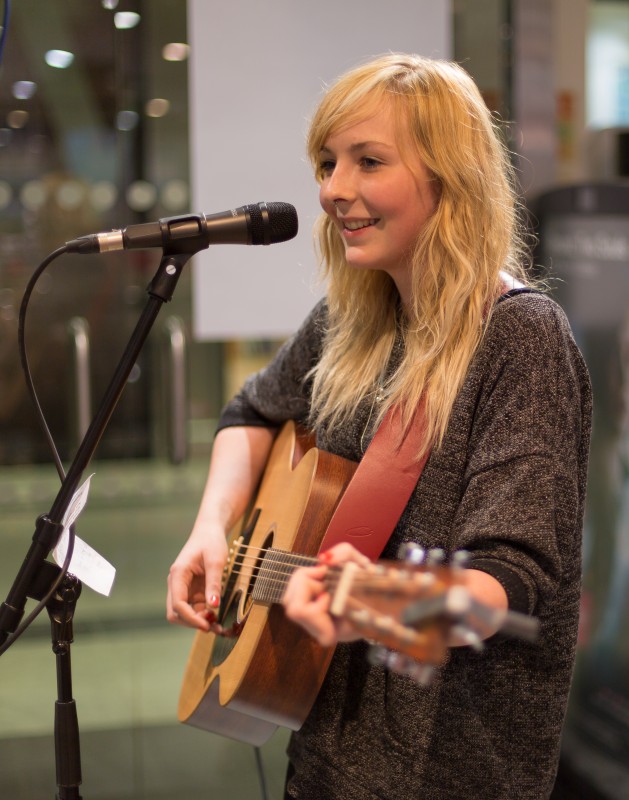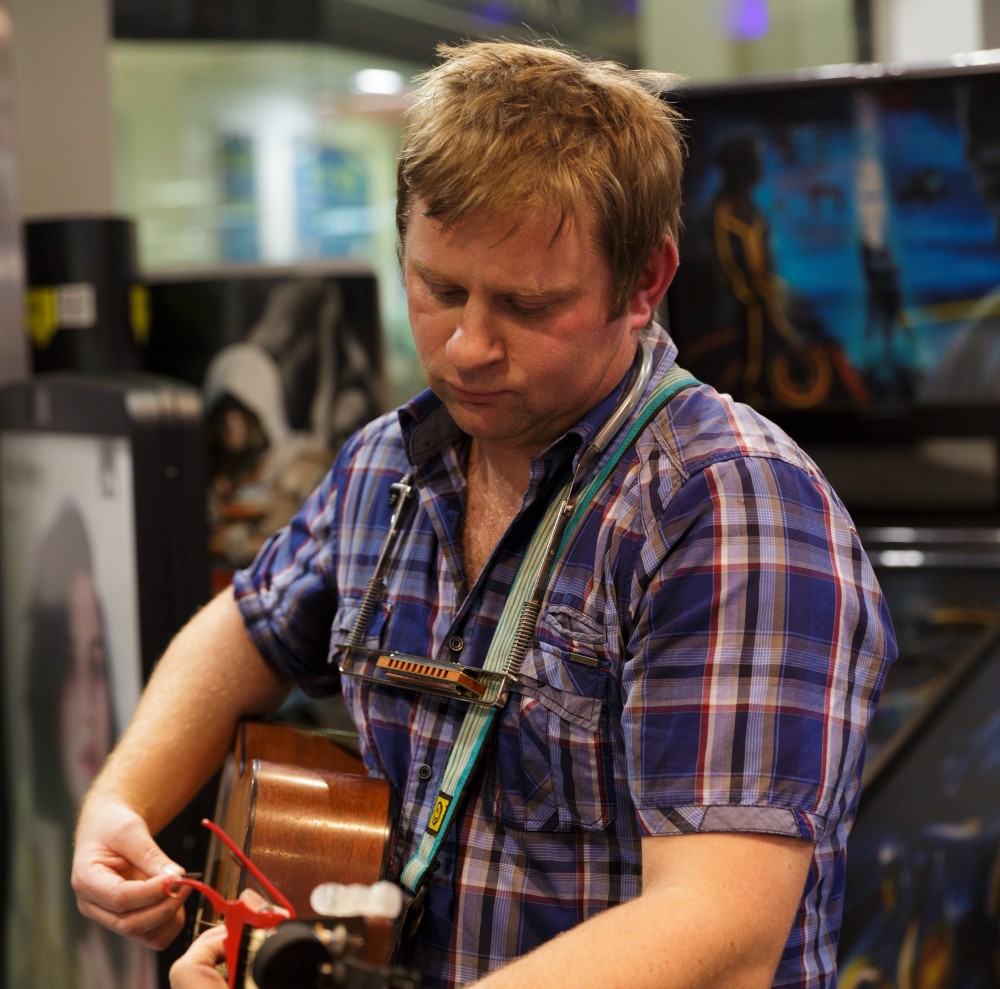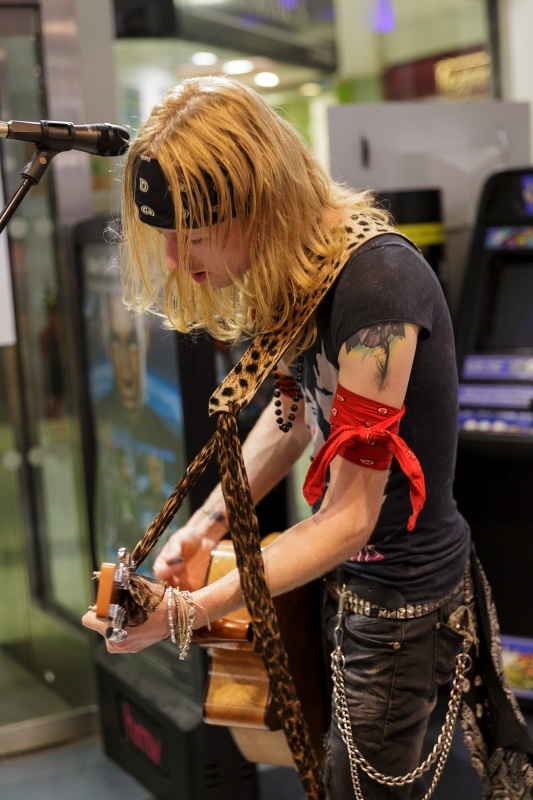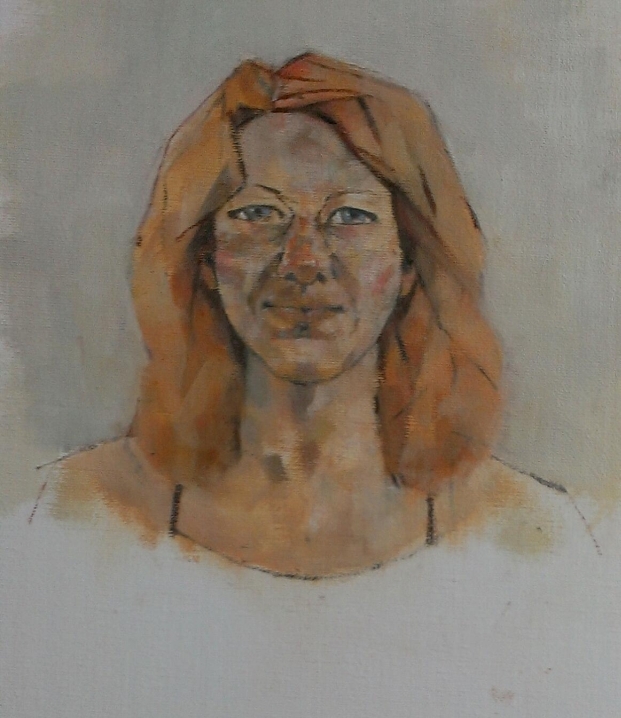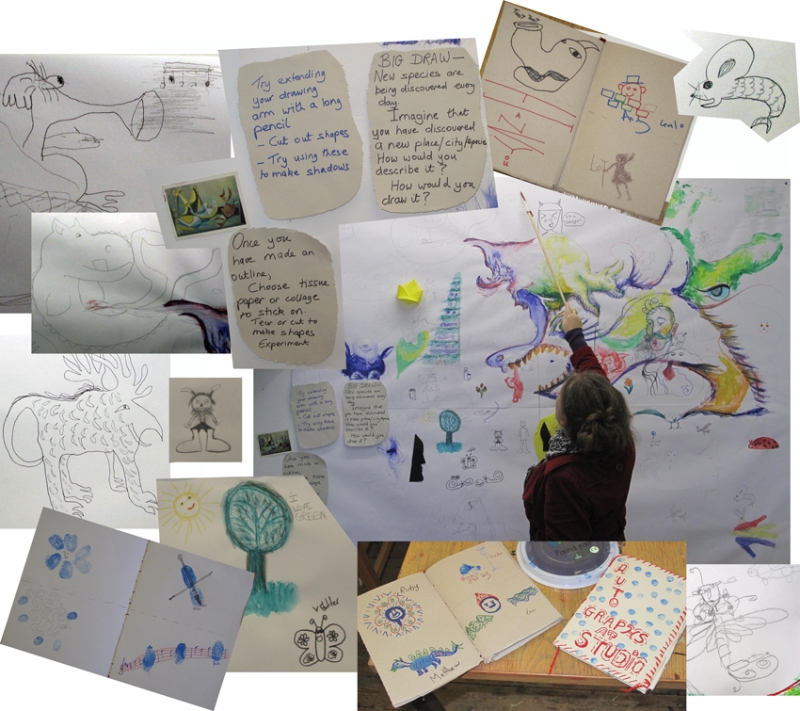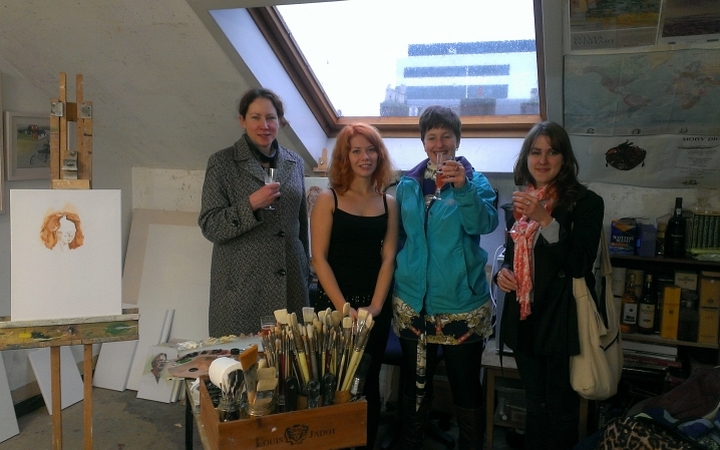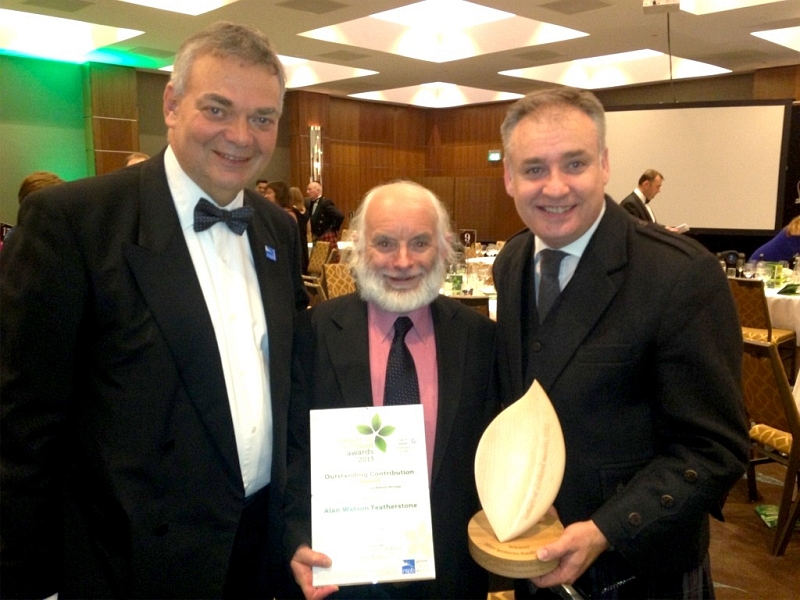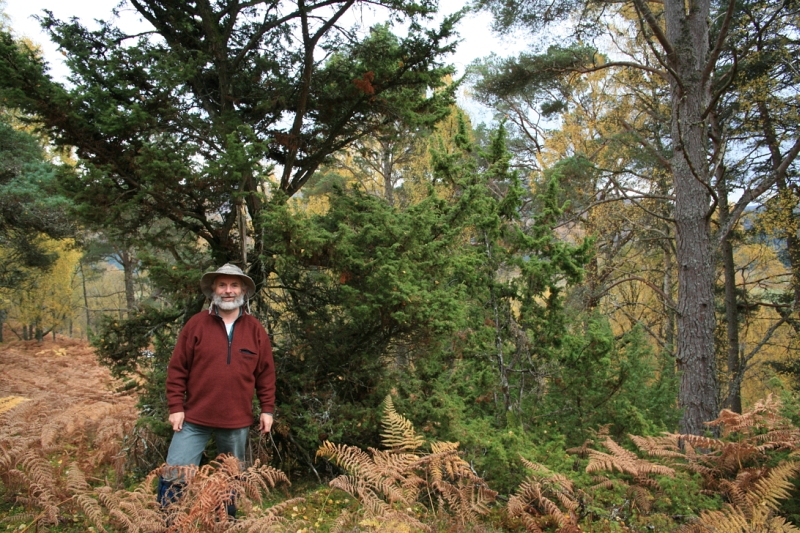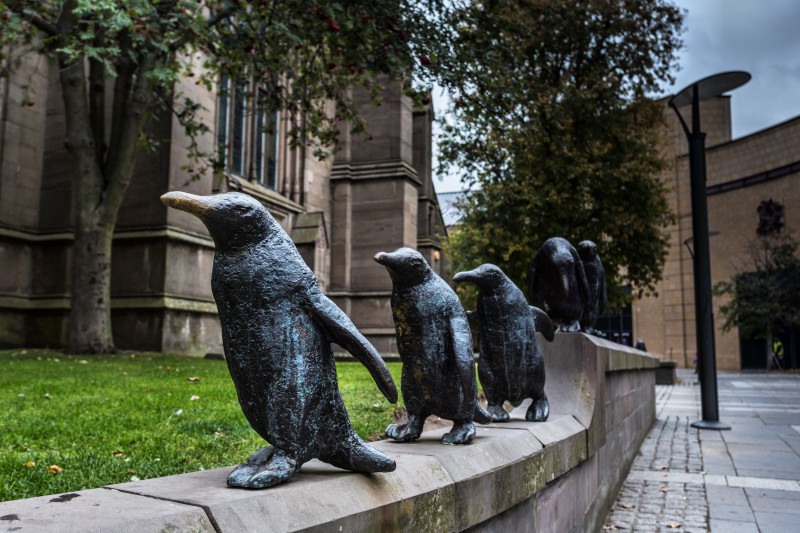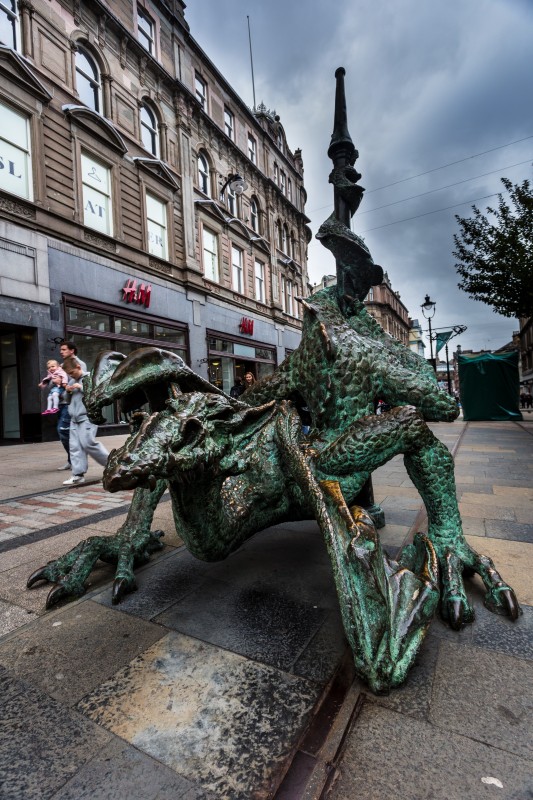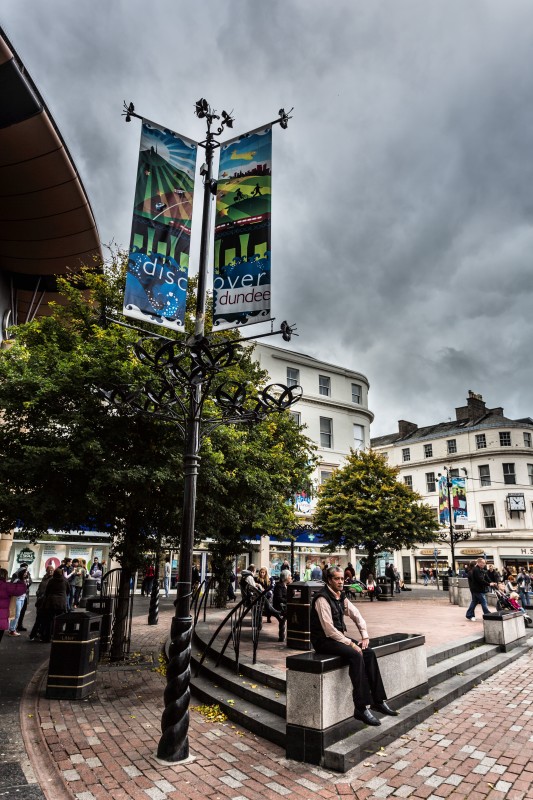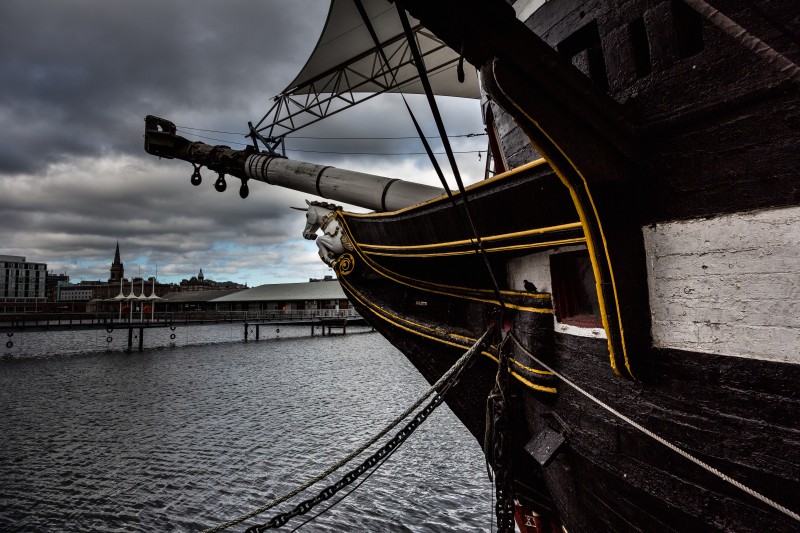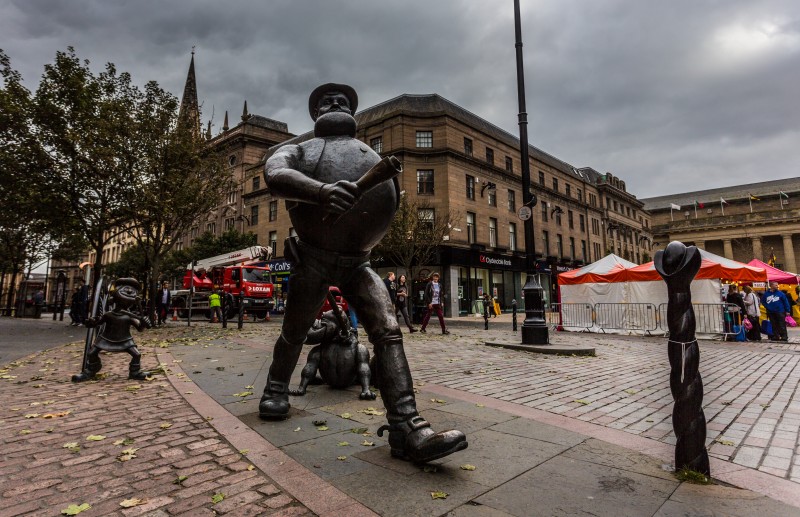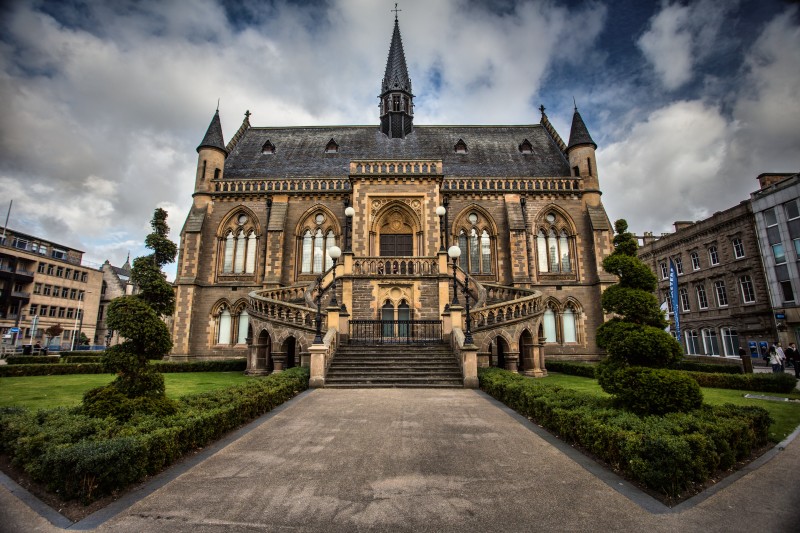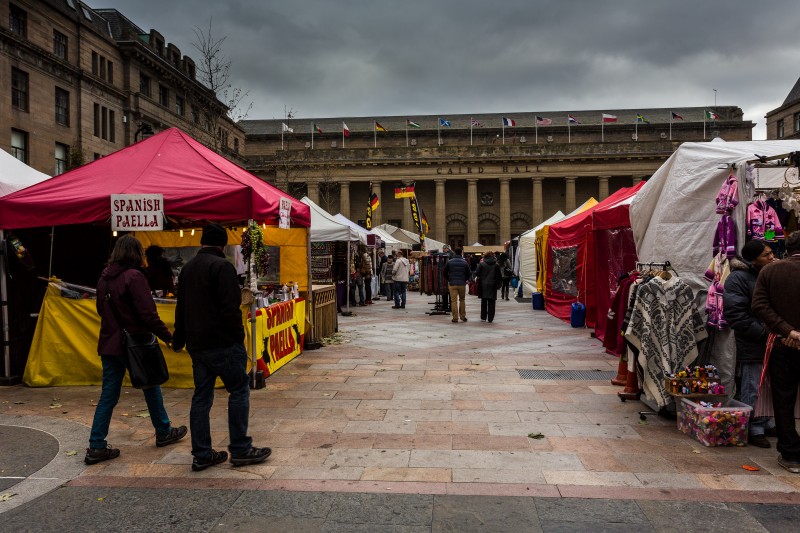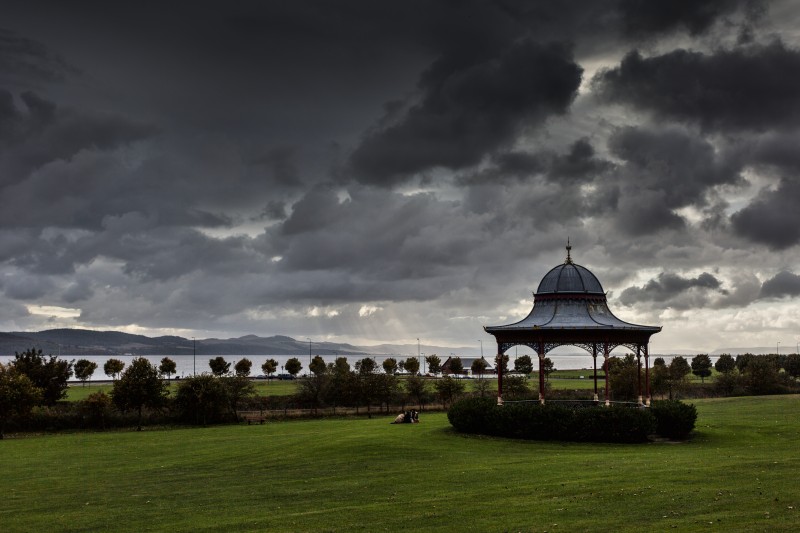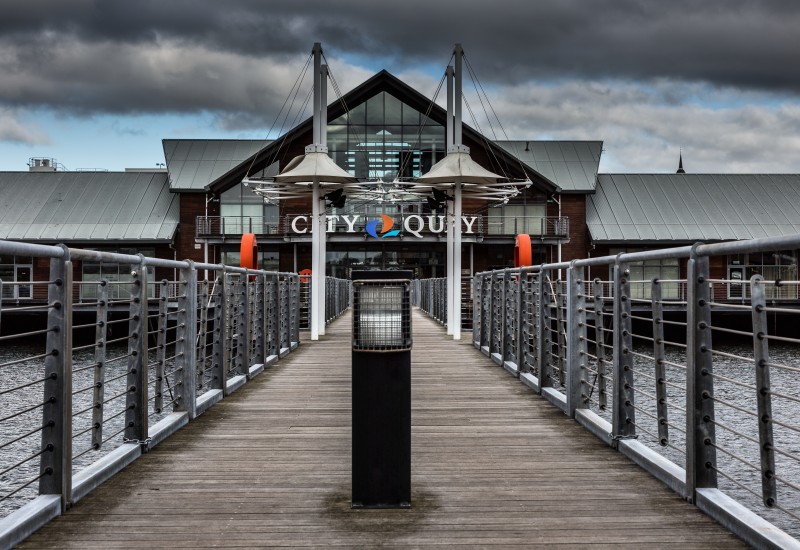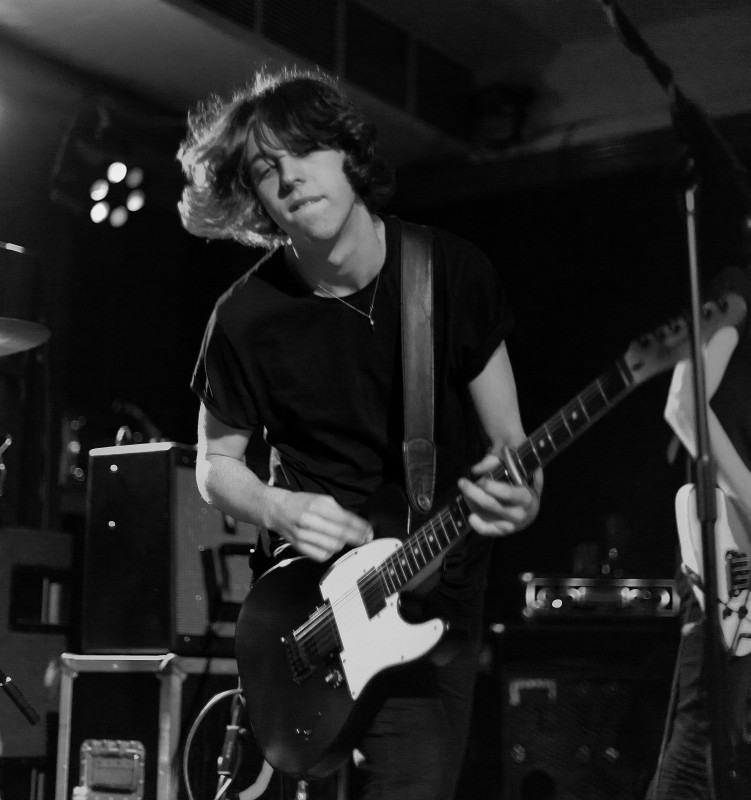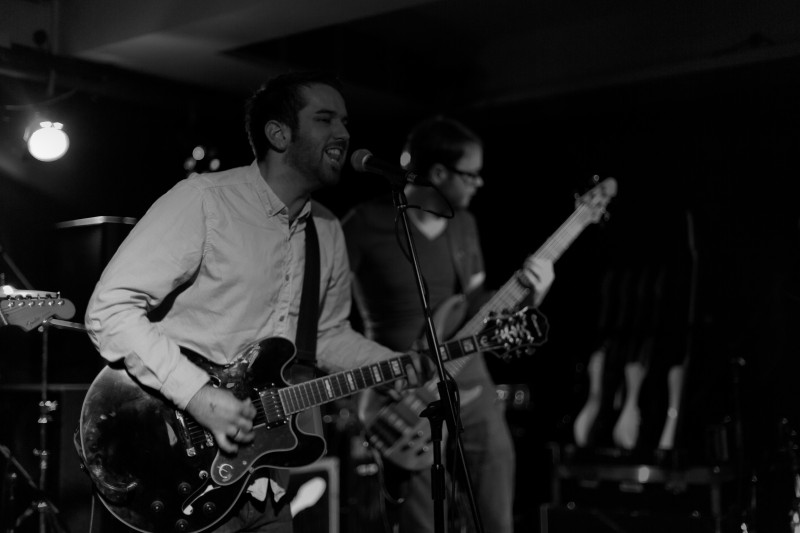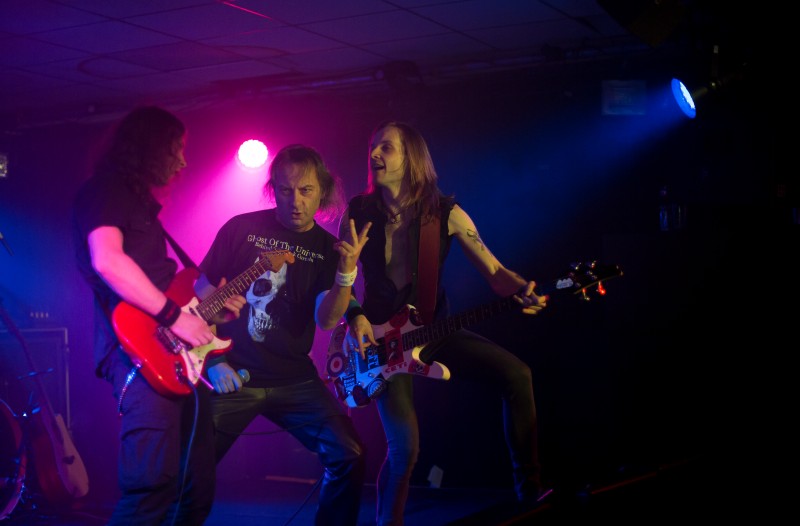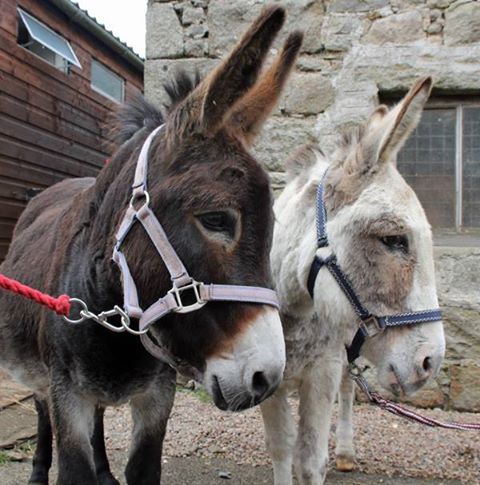Old Susannah, Suzanne Kelly, gets to grips with Grangemouth, Granite Webs and Gardens. The revolution may or may not be televised, but almost everything else is being privatised.
 Tally Ho! Well, it’s been a colourful week in the Granite City; plans for the city centre are being drawn up, and that’s something you don’t see every day (unless you get the P&J). Apparently all our problems are solved if we let one Sir Ian Wood give us £50 million, and let him raise (or is that ‘raze’) Union Terrace Gardens.
Tally Ho! Well, it’s been a colourful week in the Granite City; plans for the city centre are being drawn up, and that’s something you don’t see every day (unless you get the P&J). Apparently all our problems are solved if we let one Sir Ian Wood give us £50 million, and let him raise (or is that ‘raze’) Union Terrace Gardens.
If only we’d have known that before! All we’ll have to do is hand control of Union Terrace Gardens over to a few committees, stocked with powerful people, Wood’s friends, special friends and relatives, and ignore the fact you and I own this land under common law.
Oh, and we are thinking about trams. No reason to think trams aren’t a good idea; I’m sure the successful tram programme in Edinburgh can be reproduced in the ‘Deen.
I’m sure whatever Ian wants for UTG is just what Robert the Bruce would have wanted when he bequeathed the gardens to you and to me. Bruce famously sat in a cave, feeling defeated when he spied a spider weaving a web. The spider’s perseverance and determination had a profound effect on the heroic Bruce.
He watched that spider, and decided that a web – made of granite – was what we would eventually have the ambition to build over the gardens.
For some reason architects Halliday Fraser Munro continue to make, free of charge, imaginative Escher-esque drawings of the city centre. These can’t actually be built, but they are pretty. Questions like ‘What will happen to the businesses on Belmont Street, which currently have pleasant vistas overlooking the gardens’?, and ‘How will the centre of town suddenly be pedestrianized’? are just minor details we can iron out once we agree to the plans.
Dame Anne Begg opened an exhibition on the history of witchcraft in our city over the centuries at the Tollbooth Museum.
I could have nominated some better candidates for the witchcraft lecture. Aileen Malone (known for sacrificing animals i.e. deer, in the hope of getting £££) and Kate Dean (famous for making vital support services vanish) each seem to have a fair amount of free time on their hands these days, and their undoubted personal knowledge of the dark arts and witchcraft would have been illuminating.
he must be out of touch with the average person, unlike our elected and unelected rulers
Speaking of witches, I saw some graffiti recently which I can’t quite understand. I was in London this past weekend. As my train made its way into the city, very large graffiti on a building caught my eye: “The Witch is Dead, but the Spell Remains”. I wonder who this referred to? No doubt I’ll soon Iron out which Lady the words were about.
People are talking about a recent edition of Newsnight this week.
“[We] shouldn’t destroy the planet, shouldn’t create massive economic disparity, shouldn’t ignore the people” said comedian Russell Brand, “the [political] system .. just administers for large corporations.”
Poor Mr Brand. Clearly he can’t appreciate how lucky we are; he must be out of touch with the average person, unlike our elected and unelected rulers. We’ve never had it so good, or so we’re being told. The Newsnight interview can be found here http://www.treehugger.com/culture/russell-brand-interview-revolution-planet-is-being-destroyed-video.html .
For Brand’s benefit, and to remind us all of our recent economic successes, Old Susannah offers a few timely definitions. So, as you snuggle up in your perfectly heated home, eating your lobster dinner, and lighting your Cuban cigars with 20 Euro notes, directing the maid to clean the second bathroom again, here are this week’s definitions.
Privatisation: (noun) to dispose of a state or publicly-owned institution by sale of shares.
Remember what a huge success the sell-off of British Gas was? Lots of people got to make money on shares when the government sold off British Gas, and that was great. For some reason, we seem to be paying higher prices for gas, but I’m sure there is no connection between this and the privatisation.
The recent sale of the Royal Mail is making us all wealthy beyond our wildest dreams. Result!
So what if the future for postal employees is a bit shaky; they’ve all been given a few shares in the sell-off. I’m sure that in 3 years, when they are allowed to sell their shares, it will more than make up for any job losses or pension devaluations. I’m sure we won’t see any cost increases, layoffs, or change in the quality of service.
The selloff must have been a success, because it was oversubscribed.
This of course helps stimulate the economy, as well as rewarding the long-suffering banking sector
The experts in the banking world who arranged the flotation may have made a teeny error in pricing the shares up, but since this hasn’t cost the taxpayer more than about £750 million in lost potential share sale revenues, it’s no big deal. Shockingly, shares were not sold to anyone who wanted more than £10,000 worth.
This sounds like discrimination against the rich to me. Thankfully, the many banks which were part of the consultation process got lots of money (about £17 million according to the Guardian) for arranging the sale. This of course helps stimulate the economy, as well as rewarding the long-suffering banking sector. Also, the many banks which had put in for shares largely seem to have been successful, to the tune of about £29 million.
This is quite a happy outcome for the banking sector, even if it seems like quite a coincidence they managed to get so many shares and so many individual investors were frozen out.
We’ve sold British Gas, we’ve sold our Royal Mail; we’ve sold off most of our water. These have been huge success stories financially.
Operationally, there are one or two minor issues that crop up after privatisations, but I wouldn’t worry about that kind of thing.
Thames Water for instance, had a few minor teething problems after its sell-off. There are pipelines leaking millions of gallons of water which go unrepaired. The new management choose to pay dividends to shareholders rather than worry about fusty, boring water infrastructure. They may have to pay the odd fine for polluting the UK’s streams and lakes, but this is just an operating expense.
Thames Water has only had a few fines for pumping raw sewage into the environment, with one fine coming in at £204,000. Thames water also cut its workforce; but on the bright side, the chairman’s salary went up by several hundred thousand pounds per year, no doubt he was doing extra work, what with fewer workers on the payroll.
The best part? Thames Water doesn’t pay corporation tax, which is great news for shareholders (if not the Treasury). http://www.dailymail.co.uk/news/article-2339282/Thames-Water-pays-corporation-tax-550m-profits
One such successful entrepreneur is the owner of Scotland’s Grangemouth, Jim Ratcliffe
But don’t worry – none of this is gives any reason to think the Royal Mail sell-off will have any negative consequences. A few job losses, a few thousand people out of work and/or with less valuable pensions, a few banks making tens of millions – that’s what keeps this nation great and competitive. There is no reason to fear the new owners of UK Plc. won’t decide to cut the water or gas.
Just keep the candles handy, stock up on fire wood, and get a rain barrel – we’ll be fine.
Union: (noun) A collective of workers organised and empowered to protect workers’ rights, health and benefits from employers who would seek to maximise profit margins at the expense of the workforce.
There is one fly in the ointment for those benefactors who kindly seek to own key British industries and companies – the Unions.
I’m delighted that private companies, often coming down to foreign governments, one family or even just one man, own crucial parts of the country’s essential utilities, resources and infrastructure. To the uneducated, this may just seem like either Imperialism or in the latter case like Feudalism, but remember how much better off we are. One such successful entrepreneur is the owner of Scotland’s Grangemouth, Jim Ratcliffe.
It may not seem like it, but Mr Ratcliffe’s had to make many financial sacrifices to keep Grangemouth and its employees going these past few years. He’s not making as much money as he used to – there are rumours he’s down to only one super yacht, the 257 foot Hampshire II. Ratcliffe was shopping one day, had a spare £9 million to play about with, and bought Grangemouth from BP.
Since then he’s become kind of a father figure to those who work there. Rather than gratitude, these workers want to have pay increases and to keep their final salary pension schemes. Jim can’t afford this. According to the Daily Record, Jim’s not very rich at all anymore, and hardly rates:-
“Manchester-born Ratcliffe owns two-thirds of the company’s shares, giving him a personal fortune of around £3.5billion in 2008, when he was named the 25th richest man in Britain.”
With no choice, Jim announced he’d simply shut the facility, which is fair enough. Putting 800 workers, their families, the area businesses that depend on the custom of those workers in a bit of jeopardy probably just taught them a good lesson.
Such vital services I thought should be run without a thought to making money from them
Ratcliffe showed the unions he was boss. And by the way, we don’t really know how badly off Ratcliffe is, because the owner of arguably Scotland’s most important refinery keeps his businesses largely in Switzerland. If I hear of anyone starting a collection for him, I’ll let you know how to contribute.
Before Old Susannah was old, I naively thought we needed governments to tax us so they could protect our rights, help us when we were too ill to work, and provide services such as schools, hospitals, clean water and energy. Such vital services I thought should be run without a thought to making money from them, and were so vital they should be protected from any form of outside or private control, for the benefit of the taxpayer.
How I laugh now to think on this foolish ideology.
Pay your tax, work hard, and good luck. Where you can afford to live and what you earn will directly impact how your children are schooled, what drugs you’ll be allowed to have if you are seriously ill, and how your granny will be treated in a nursing home. Work for a public sector employer such as Royal Mail or oil refineries at your own risk.
Make sure you buy shares in whatever’s being sold next, and try not to think about the pollution caused by cost-cutting measures designed to improve profits, your spiralling energy costs, and the stealthy privatisation of the NHS.
Forget the train crash victims who died at Hatfield; cutting corners on safety for profit was seen by the privatised management as a ‘cost of doing business’. Forget your library closures, school closures and hospital ER closures. If something starts to nag at you, then Old Susannah suggests getting drunk, getting wasted, or getting some engaging virtual world computer games to while away the hours.
Don’t wonder why you are paying more taxes when you no longer have to support these vital services once privatised, and don’t ask why the uber rich are paying no taxes. I’m sure everything will be just fine.
There we leave it for this week; but if you can suggest any other services that could be sold off, do get in touch. For some reason, I’m thinking of that bit of graffiti I saw again.
- Comments enabled – see comments box below. Note, all comments will be moderated.

